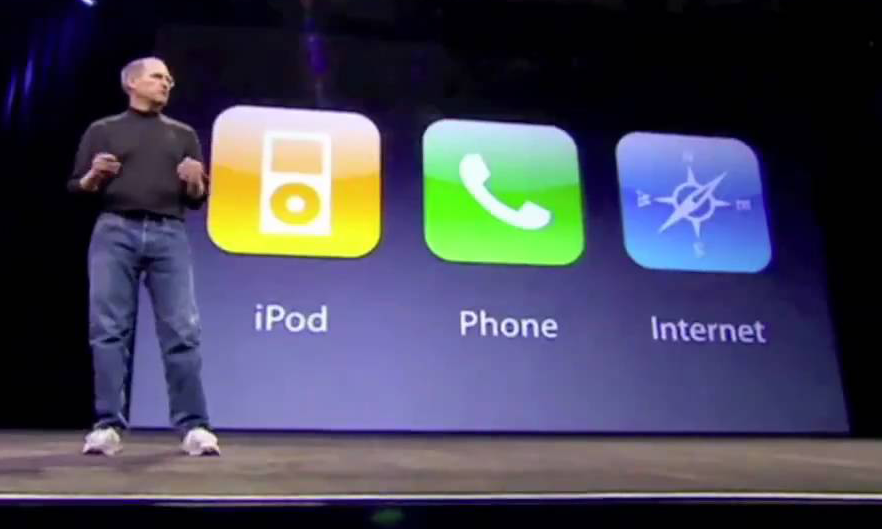Bytes & bits

Have you ever wondered why a file seems to take much longer to download than expected even with your new super fast fibre broadband connection?
That is because the actual file size is given in Bytes (MB for million Bytes) and broadband speed is measured in bits (Mb/s Million bits per second) and the two are not the same.
A bit (small b) is the smallest unit of digital information, representing a binary value of either 0 or 1. Whereas, a Byte (Capital B) is a collection of 8 bits. It is commonly used to represent a single character or a small amount of data.
Why the difference? well, in history early digital computers used an "8 bit" bus inside to move data between memory and CPU etc over very short distances. So there were 8 parallel connections on the internal circuit board.
However, outside the physical computer, connecting them to the world is achieved using a serial technology down a single wire, so one bit follows another. Think like a busy car park and everyone trying to leave through a single gate with the traffic ending up in a long single file, this is how the data is handled leaving a computer to "hop onto" the broadband connection.
It is also a useful marketing tool as the internet service provider can claim a higher number using bits than if they used Bytes 😄 Would you rather an 80Mb/s broadband service or a 10MB/s broadband service for the same price?





